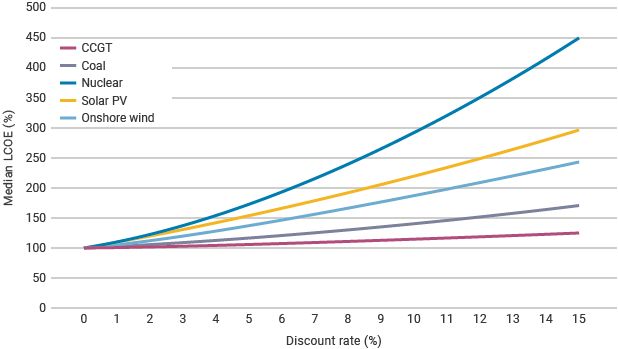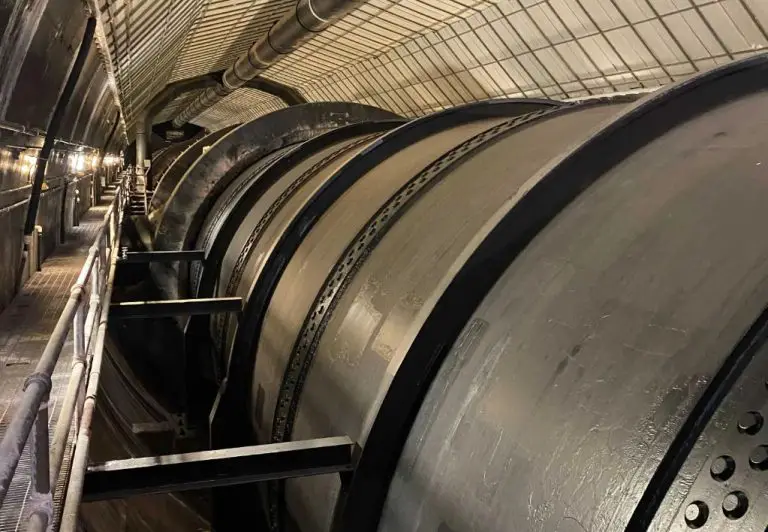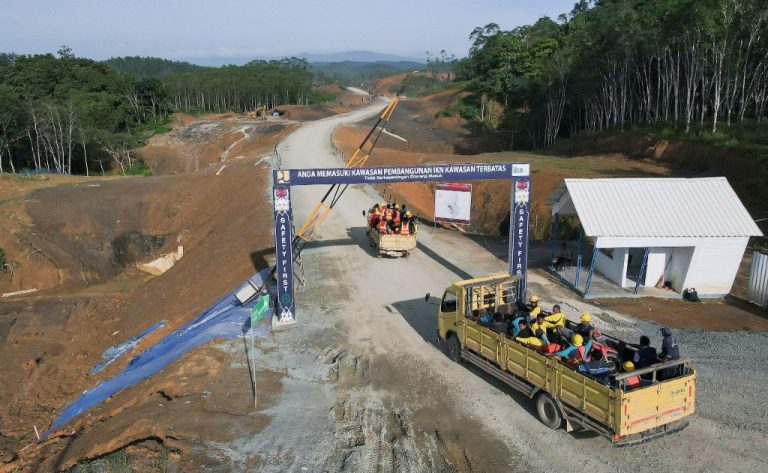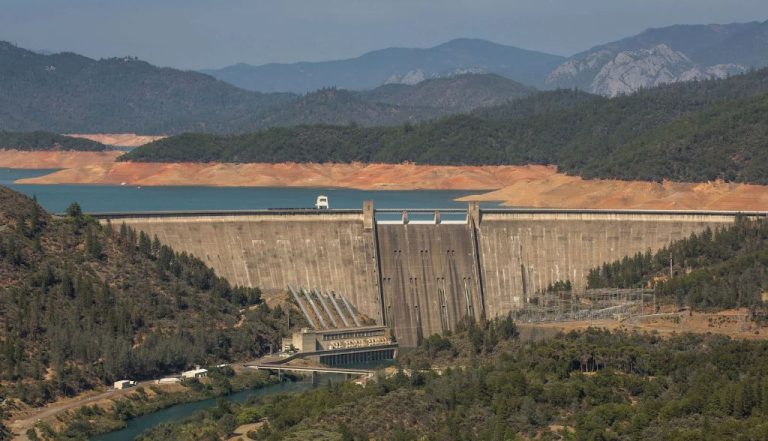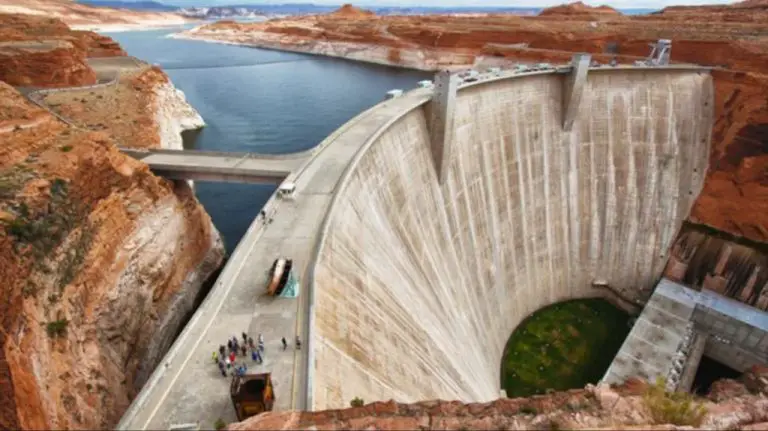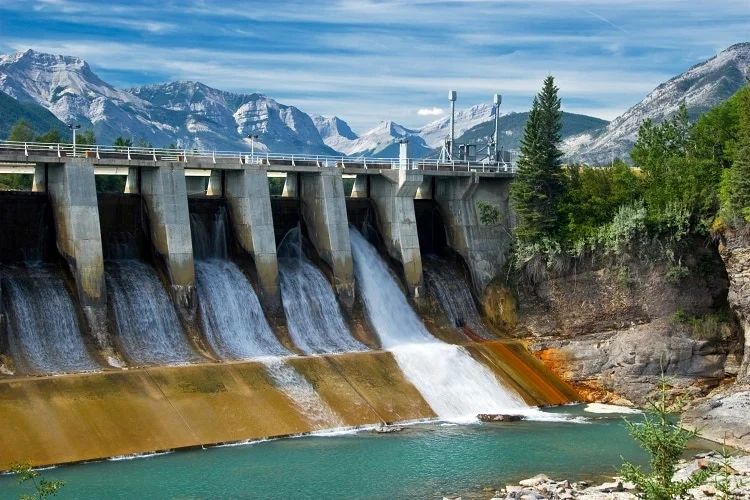How Cost Efficient Is Hydropower?
Hydropower is a form of renewable energy that harnesses the natural flow of water to generate electricity. It works by using the force of flowing or falling water to spin large turbines connected to generators. The kinetic energy of the moving water gets converted into electrical energy through this process.
Hydropower is considered a clean and cost-efficient energy source as it relies on the water cycle and does not require any fuel. While the initial infrastructure costs can be high, hydropower plants are long-lasting with relatively low operation and maintenance expenses. Once built, hydropower can provide reliable base load power to the grid.
In this article, we will analyze the cost efficiency of hydropower technology. Key factors like capacity, costs, environmental impact, efficiency, incentives and maintenance will be examined to get a comprehensive understanding of the economic viability of hydropower projects.
Hydropower Capacity
Global hydropower capacity reached approximately 1,308 gigawatts (GW) by the end of 2020, generating around 16.8% of the world’s electricity. The top countries for installed hydropower capacity are China, Brazil, Canada, the United States, and Russia. China leads with over 360 GW, accounting for roughly 30% of global capacity. The International Hydropower Association estimates that an additional 861 GW of hydropower capacity could be developed globally based on feasible sites. The regions with the most potential for new development are Asia, South America, and Africa. For example, only around 11% of feasible hydropower resources have been developed so far in Africa. With growing electricity demand worldwide, especially in developing countries, hydropower is positioned to play a major role in meeting energy needs sustainably while reducing reliance on fossil fuels.
Hydropower Costs
Hydropower projects can have high upfront construction costs, but relatively low operating costs over their lifetime. The main costs for hydropower plants are:
- Construction costs – Building a hydropower plant requires significant civil infrastructure like dams, tunnels, pipelines, and powerhouses. Construction costs can range from $1 million to $10 billion per plant, with costs per kW capacity typically $1,500 – $3,000.
- Operating costs – Once built, hydropower has lower operating costs than fossil fuel plants. Fuel costs are minimal, and operation and maintenance costs average $20-$30 per MWh.
Overall lifetime costs for hydropower can be very competitive due to the low operating costs over many decades of operation. Large-scale hydropower projects with reservoirs can also provide low-cost electricity storage.
Cost Comparison to Fossil Fuels
Hydropower tends to have a lower levelized cost of energy compared to traditional fossil fuels like coal, natural gas, and oil. According to analysis by the US Energy Information Administration, hydropower has an estimated levelized cost of $36 per megawatt-hour. This compares favorably to costs of $44 for onshore wind, $56 for biomass, $58 for nuclear, $74 for natural gas, and $78 for coal.
The reason hydropower is generally cheaper than other energy sources is because once a dam and power plant are built, the fuel to run it (flowing water) is free. Fossil fuels require the continual mining, drilling, and transporting of fuel sources which contribute to their higher operating costs over time. Maintenance and financing costs for hydropower plants are also typically lower.
However, hydropower does have high upfront capital costs associated with dam, reservoir, and power plant construction. It can take many years for these initial infrastructure costs to be recouped through energy sales. But the low ongoing fuel costs allow cost-competitive energy pricing over the multi-decade lifetime of a hydropower facility.
Environmental Impact
Hydropower plants can have significant environmental impacts, both positive and negative. On the positive side, hydropower generates electricity without emitting greenhouse gases or air pollution. However, hydropower facilities can disrupt local ecosystems and wildlife habitats in several ways:
-
Damming rivers to create reservoirs floods vegetation and can displace wildlife populations. It alters natural water flows and temperatures, affecting fish migration and spawning.
-
Hydropower operations can cause fluctuations in reservoir water levels on a daily basis. These fluctuations strand wildlife on shorelines and increase erosion.
-
Rotating turbine blades can injure or kill swimming fish and aquatic life.
-
Reservoirs produce methane, a potent greenhouse gas, as vegetation and organic matter decays underwater.
-
Sediment often builds up behind dams, reducing nutrients flowing downstream and impacting delta ecosystems.
-
Hydropower dams can block fish migration routes and prevent access to spawning grounds.
However, impacts can be reduced through careful facility design and environmental management. Fish ladders can allow fish to migrate past dams, and minimum water flow levels can be maintained. Overall, hydropower’s greenhouse gas emissions are far lower than fossil fuel power plants.
Hydropower Efficiency
Hydropower is one of the most efficient forms of electricity generation. There are two main metrics used to measure hydropower efficiency: capacity factor and conversion efficiency.
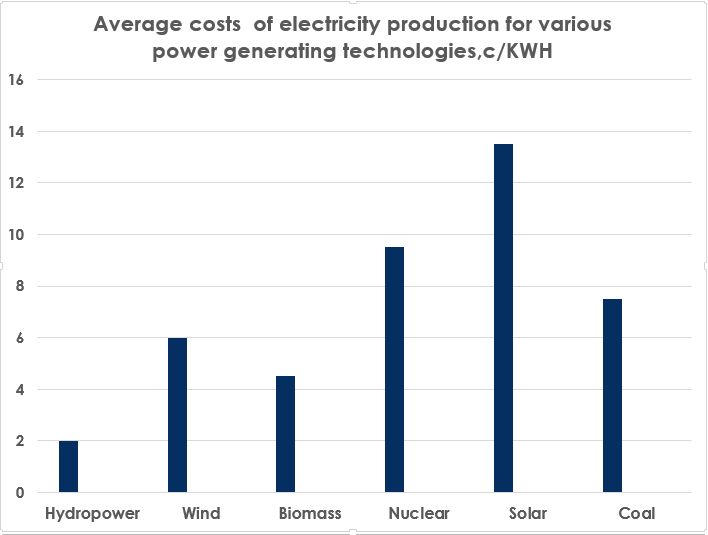
The capacity factor refers to the ratio of the actual output of a hydropower plant compared to its maximum possible output if it operated at full capacity all the time. Hydropower plants generally have very high capacity factors, often exceeding 50%. This is much higher than other renewable energy sources like wind and solar which might have capacity factors of 20-40%. The consistency of the water flow allows hydropower to produce electricity reliably.
Conversion efficiency measures how much of the potential energy in the water is converted into electricity. Modern hydropower turbines are 80-90% efficient at converting the kinetic energy of moving water into electrical energy. Only about 10-20% of the energy is lost due to friction and turbulence. This makes hydropower one of the most efficiently converted forms of renewable energy.
The combination of high capacity factors and conversion efficiency is why hydropower is considered an extremely productive and cost-efficient source of renewable electricity. The availability of flowing water and minimal energy losses give it an edge over other renewables in terms of efficiency.
Government Incentives
Many governments around the world provide incentives to promote the development of hydropower and other forms of renewable energy. These incentives help offset the large upfront capital costs of building hydropower projects and make them more cost-competitive with fossil fuel power plants.
One of the main incentives is the use of tax credits. In the United States, the federal government offers a production tax credit (PTC) for electricity generated from renewable sources like hydropower. This provides a per-kilowatt-hour tax credit over a facility’s first 10 years of operation. There are also investment tax credits (ITCs) that offset a percentage of the initial capital costs.
State and local governments may also have additional tax credits, property tax exemptions, or sales tax rebates to encourage renewable energy development in their jurisdictions. Grant programs, subsidized loan financing, and preferential feed-in tariffs for selling renewable power are other types of financial incentives provided.
By lowering costs and providing a steady revenue stream, these incentives help make hydropower and other forms of renewable energy more financially attractive. This spurs greater investment into the sector and enables the construction of more environmentally-friendly hydropower capacity.
Maintenance Costs
While hydropower plants have relatively low operating costs since no fuel is required, the infrastructure does require regular maintenance and repairs which contribute to costs over the project lifetime. Two major maintenance costs for hydropower plants are turbine and dam repairs, as well as sediment removal from reservoirs.
Hydropower turbine blades and bearings experience constant wear and tear. Over time, components like wicket gates, runner blades, shafts, and bearings need to be refurbished or replaced, which requires taking the turbine offline. Major overhauls are estimated to cost anywhere from $200,000 for a small turbine up to over $3 million for large turbines. In addition, repairs may be needed due to issues like cracks, cavitation damage, and fatigue in turbine components.
Sediment accumulation in reservoirs behind dams also requires periodic removal through sluicing or dredging to maintain capacity. It’s estimated sediment accumulation reduces storage capacity of reservoirs at a global average rate of 0.5% annually. Removal costs can range from $100,000 for a small dam up to $3 million for a major reservoir. Preventing sedimentation with methods like upstream catchment management may reduce long-term costs.
Case Studies
There are several major hydropower projects around the world that demonstrate the cost efficiency and potential pitfalls of hydroelectric power. For example, the massive Three Gorges Dam in China is the world’s largest power station in terms of installed capacity at 22,500 MW. While costly to construct at over $26 billion, it now supplies clean renewable electricity at a relatively low cost per kWh. However, the project was plagued by environmental controversies and resettlement issues.
In Brazil, the Itaipu Dam is another large hydroelectric project jointly run by Brazil and Paraguay. With an installed capacity of 14 GW, it supplies 17% of Brazil’s electricity and 75% of Paraguay’s. While the upfront construction costs were high at $19.6 billion, the operating costs are quite low allowing it to generate electricity at competitive rates. On the downside, the large reservoir flooded land leading to deforestation and habitat loss.
Overall, massive hydro projects can achieve economies of scale that lower the kWh cost, but they require substantial upfront investments and often encounter environmental and social challenges. Smaller run-of-river projects may be a more cost-efficient and sustainable solution in many regions.
Conclusion
To summarize, hydropower can be a cost efficient source of renewable electricity when compared to traditional fossil fuel sources like coal and natural gas. Hydropower has relatively low operating costs, as the “fuel” is free flowing water, and it does not require any additional fuel sources. The main costs of hydropower come from the upfront construction of dams, reservoirs, and turbines, which can require substantial initial investments. However, over the long lifetime of a hydropower plant, often 50 years or more, the levelized cost per kWh generated is quite competitive with other energy sources. Hydropower also has additional advantages like zero fuel costs, low emissions, and the ability to quickly ramp generation up and down as needed. While hydropower facilities do require ongoing maintenance and capital investments as major components age, overall the operating costs remain relatively low. When comparing total lifetime costs per kWh generated, hydropower is generally on par or lower cost than electricity from fossil fuels, making it an attractive renewable energy source from an economic perspective.

